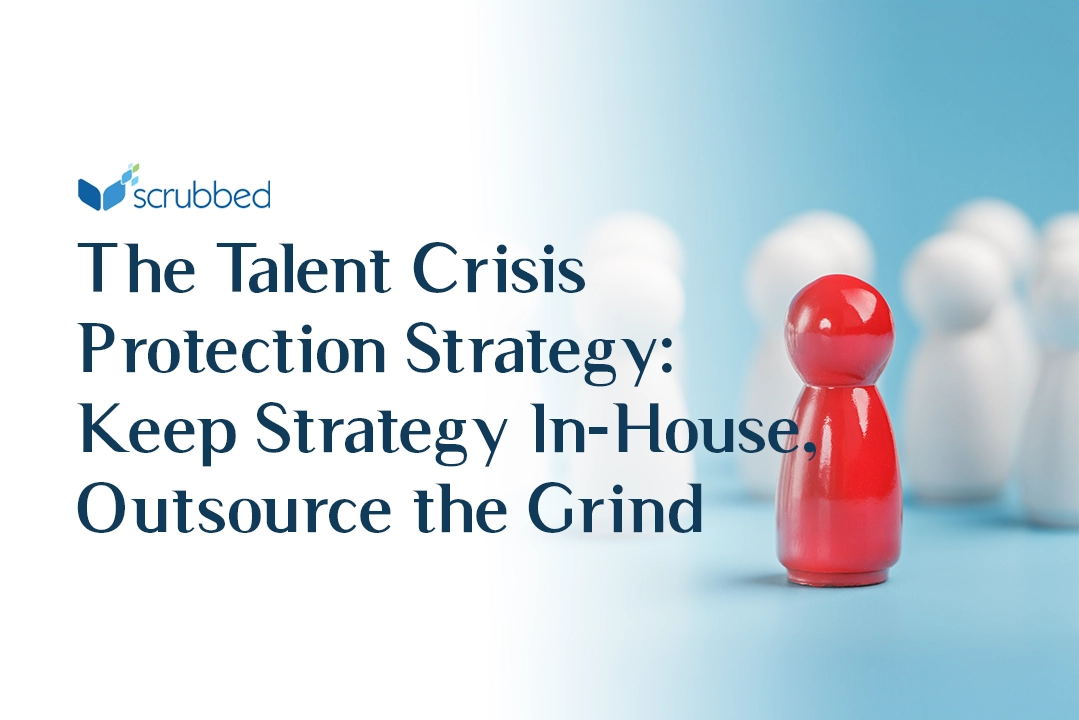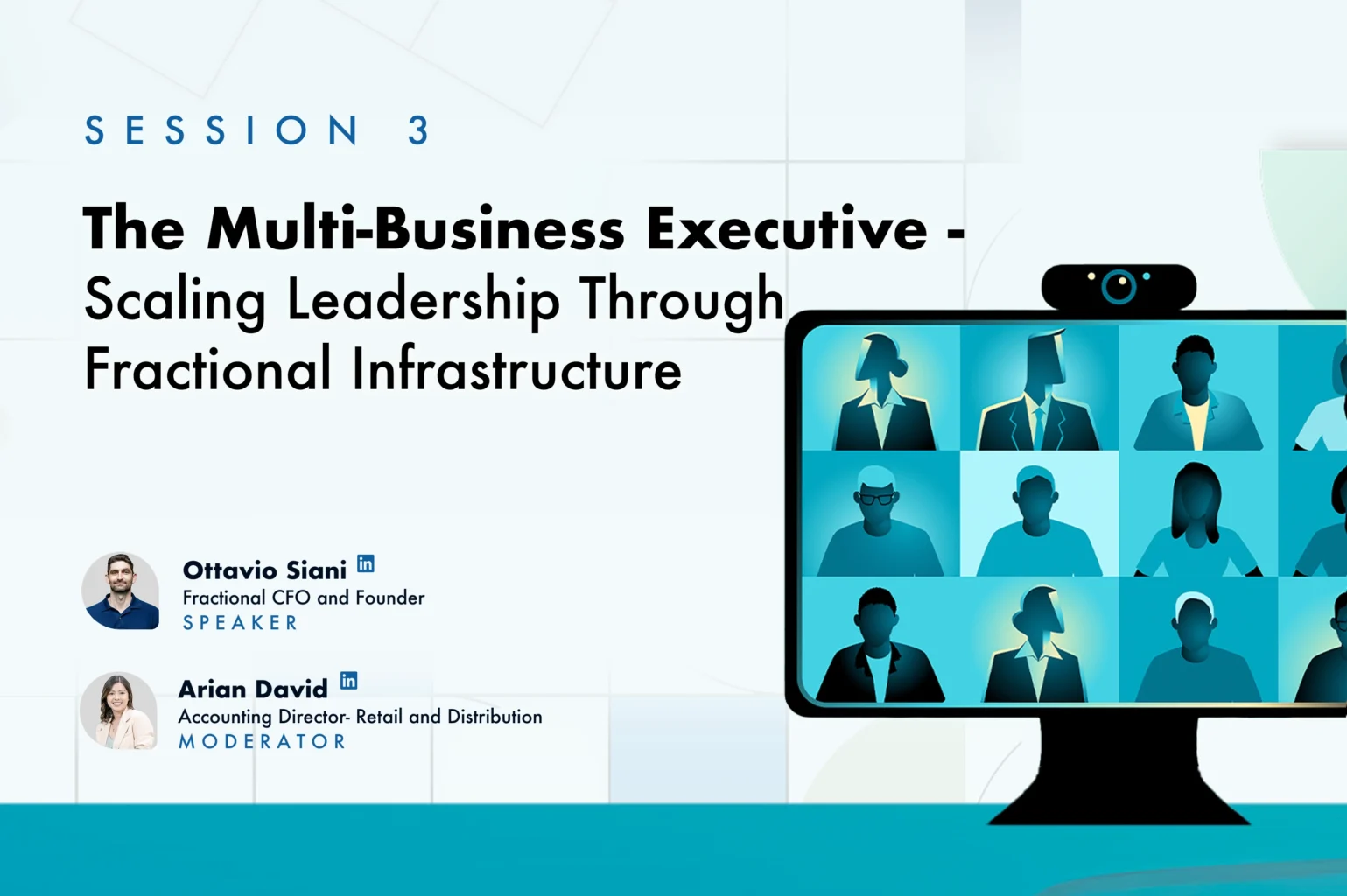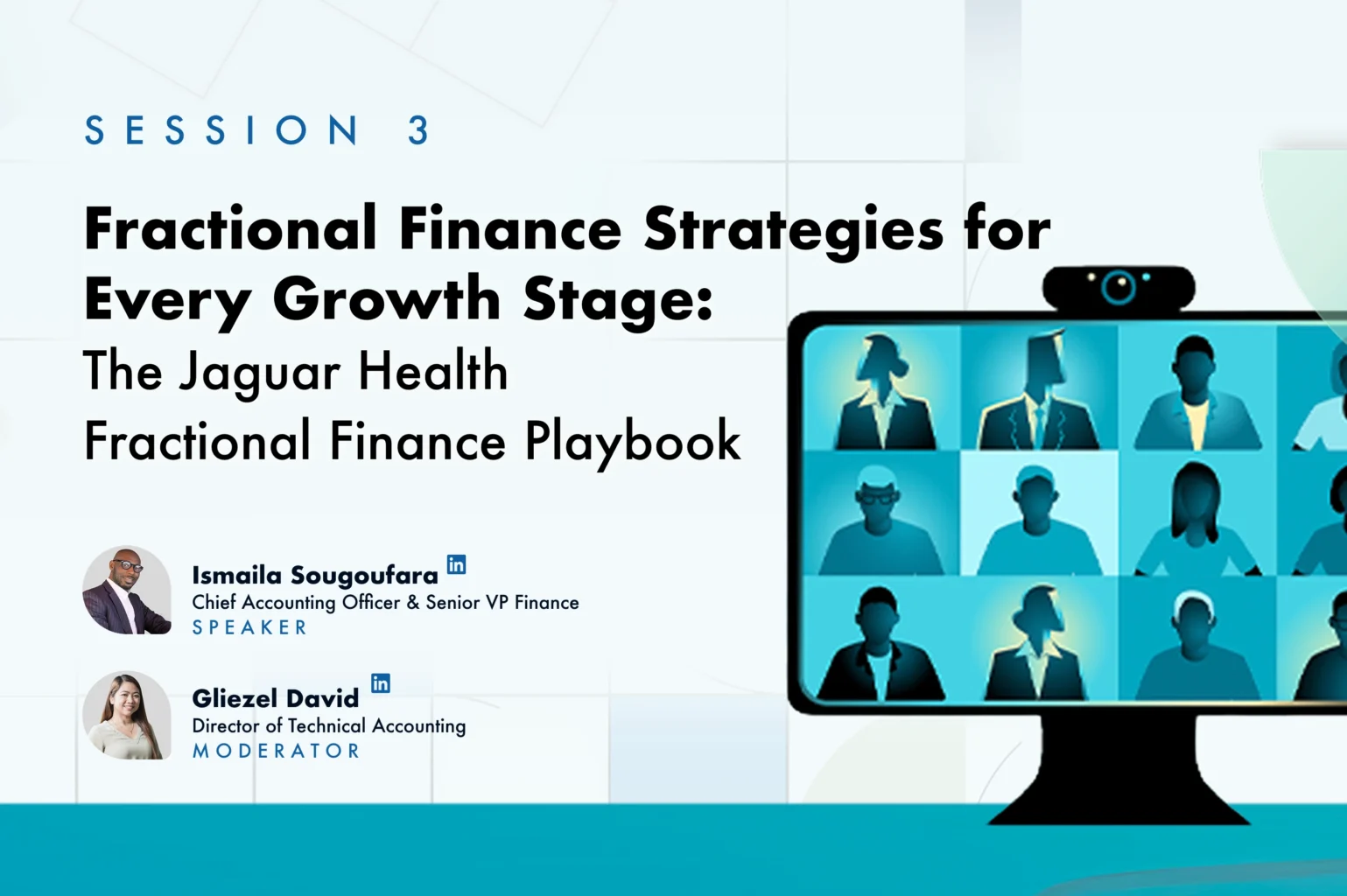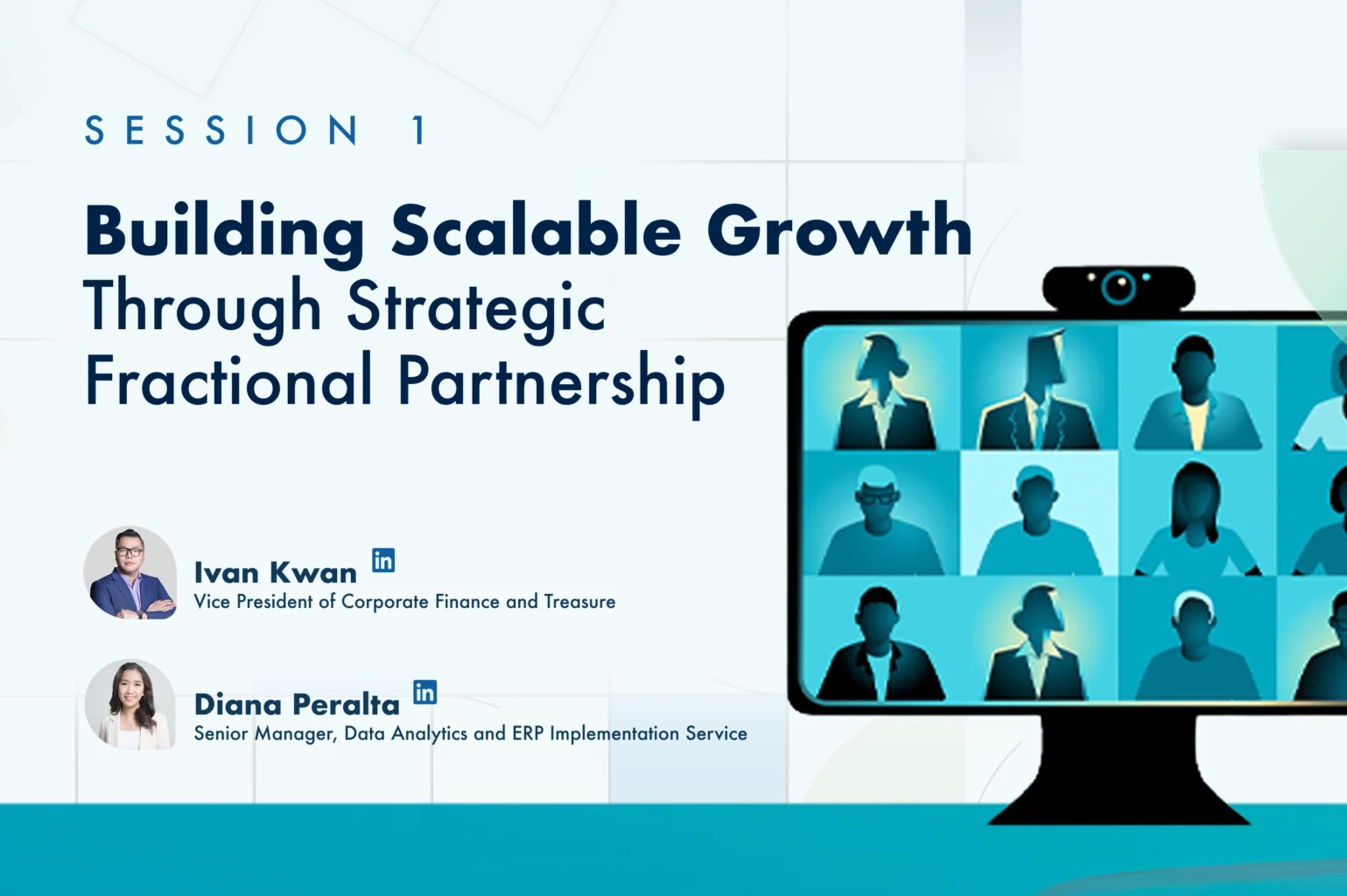We’ve all heard clichés like “cash is king” and “cash is the lifeblood of a business.” They’re well-worn phrases for a reason: They’re true!
No matter the size of your company or where you are in your growth journey, your business can’t operate without sufficient cash. But if you’re a startup company, you may find it tough to generate and sustain enough cash to cover your expenses in the early days—or invest in the strategic activities that will help take your venture to the next level.
That’s why cash flow forecasting is vital to the health and success of your startup business. By understanding what cash flow is, why it’s essential to your business, and how cash flow forecasting can help, you can ensure you have the funds to keep your young business afloat.
The Ins and Outs of Cash Flow
In the process of running your day-to-day operations, cash flows in and out of the business—hence the term, cash flow.
- Cash inflows include the revenue you generate from selling your product or service. Depending on your business type, you might also generate cash through royalties, licensing fees, or interest earned on investments (though the latter is rare for startups).
- Cash outflows include any expenses you incur to run the business, such as salaries, rent, raw materials, marketing, storage, shipping. It can also be financing costs such as debt payments and interest payments.
Net cash flow is the difference between your inflows and outflows. Ideally, you want that number to be a positive one.
Your business is dynamic, which means your cash flow is, too. At any given point, your cash position will be different depending on factors like how much your customers owe you for the products or services they’ve purchased, when your office rent is due, or when the next payroll period is, for example.
Why Cash Flow is a Big Deal for Startups
The ability to take in more cash than you need to pay out is clearly important to the health and sustainability of any business, no matter what its size or maturity. Simply put, if your cash inflows don’t exceed your cash outflows, you’ll soon be out of business.
Any type of business can run into cash flow difficulties from time to time. But for a startup business, maintaining a positive cash flow can be especially difficult for a variety of reasons.
- You haven’t launched your product/service yet. When your business is in the pre-revenue stage, you’re likely relying on your personal assets or seed capital from friends and family to fund the business. Or perhaps you’re further along and you’ve secured venture capital. No matter where the funding is coming from, though, until you also have revenue flowing in your cash flow will always be a concern.
- Your expenses are high. Getting a new venture off the ground involves a mix of one-time startup costs and recurring expenses. Even if your business doesn’t need office space, you probably need other talent besides yourself to bring your idea to fruition—and salaries tend to be the lion’s share of any business’s costs. Then there are the costs of equipment, legal fees to set up your business, marketing, and insurance. If you’re producing a tangible product, you’ll have to invest in raw materials, too. The higher your expenses, the greater the strain on your cash flow.
- Your customers are slow to pay. Even when you reach the point that you’re generating revenue, unless you’re selling to consumers and requiring payment at the point of sale, you’re likely invoicing customers and waiting for them to pay. If your accounts receivable balance starts to build up because customers are exceeding your payment terms, you’ll have a cash flow problem.
How Cash Flow Forecasting Can Help Your Startup
Given these challenges, managing your cash flow effectively is critical to the financial health of your startup business. You can’t just wait and see how your cash inflows and outflows fall, cross your fingers, and hope for the best. Cash flow forecasting is a far better approach.
Cash flow forecasting helps you assess where your cash flow stands today and what it’s likely to be in the future. With a well-developed cash flow forecast, you can get a sense of your company’s financial health and take steps to mitigate problems.
Developing and maintaining a cash flow forecast serves several important purposes:
- It helps you foresee potential cash flow gaps before they occur.
- It enables you to make informed, proactive decisions about how to mitigate cash flow issues.
- It allows you to identify and correct collections problems that are causing your accounts receivable to age.
- It can signal a need to raise additional capital or cut expenses where it’s feasible.
- In the best-case scenario, it can tell you when you’ll have an anticipated cash surplus—so you can develop strategies for deploying that cash effectively to fuel your company’s growth.
As with any type of forecast, a cash flow forecast is only as good as the input that goes into it. That means you need to be realistic when you’re projecting revenue and expenses beyond what you know today. While it’s easy to fall into the trap of overestimating revenue and underestimating expenses, the more accurate you are with these assumptions, the more accurate your cash flow forecast will be. Engaging technical accounting support can help ensure those assumptions are grounded in sound financial data and aligned with relevant standards, just as accuracy is critical in areas like nonprofit financial reporting, where compliance and transparency are equally essential.
Turn to Scrubbed for Cash Flow Forecasting
Ensuring your startup business has the cash you need to stay operational is vital to your financial health and sustainability. That’s why many entrepreneurs and business leaders turn to the finance and accounting professionals at Scrubbed for cash flow forecasting services!
Both startups and mature companies rely on Scrubbed to develop cash flow forecasts that help ensure they have the positive cash flow it takes to run a successful business. Scrubbed also provides founders and business leaders with a wide range of other financial planning and analysis services that help you budget with confidence, forecast with greater accuracy, and allocate your resources effectively.
Schedule a call with Scrubbed to learn how our cash flow forecasting and other financial planning services can help your startup business grow and thrive!








